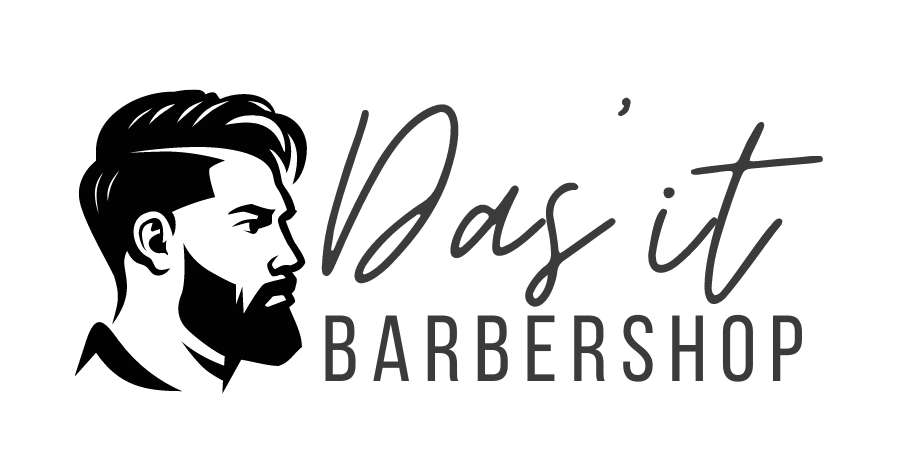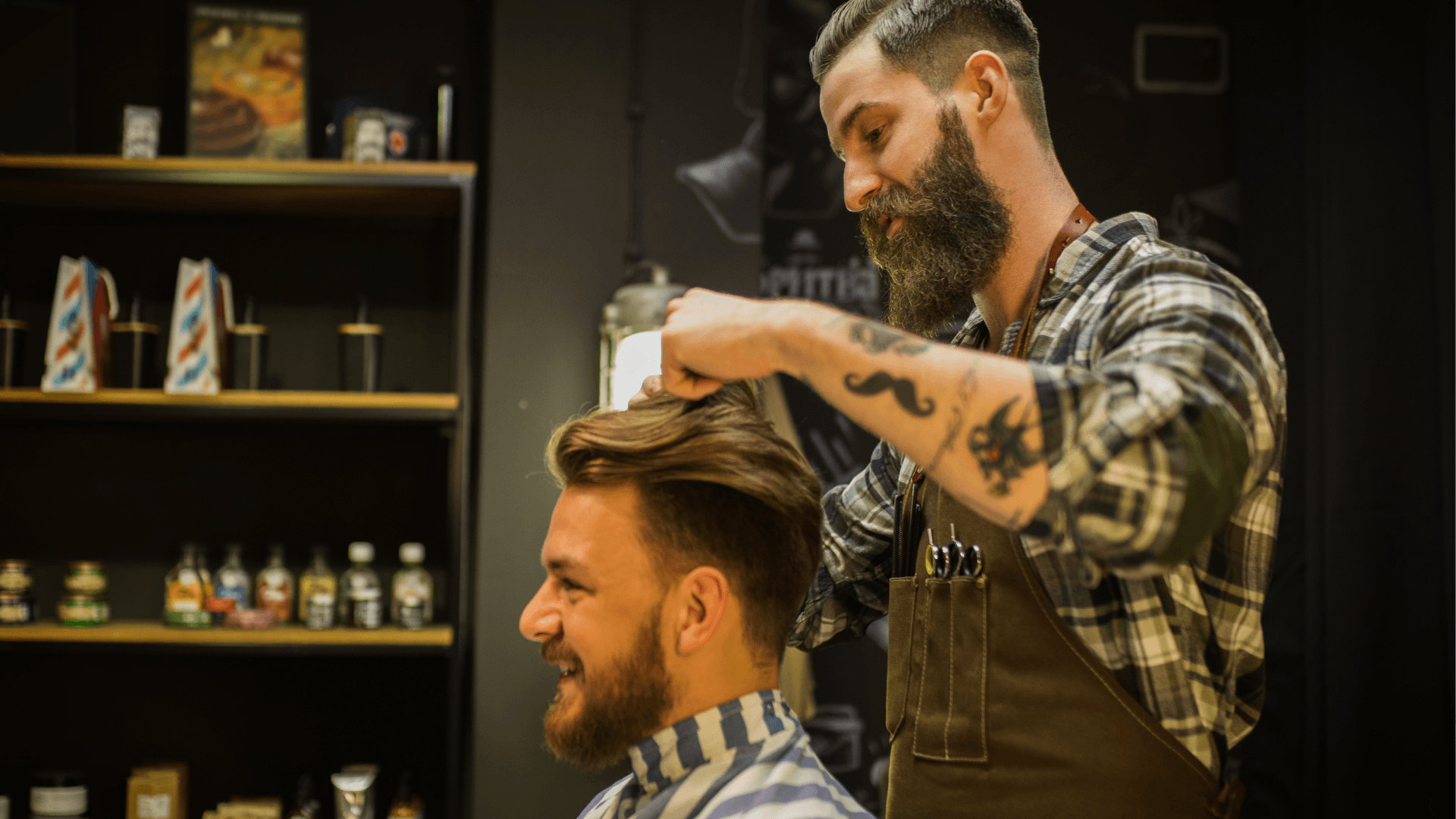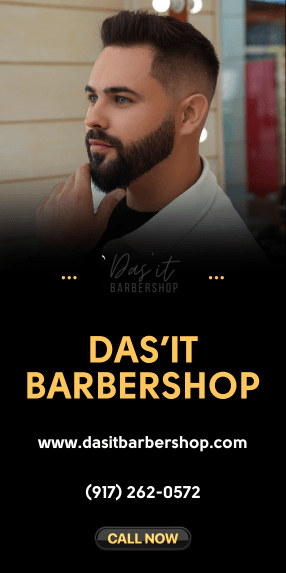The barbering industry is booming in New York. With more people seeking personalized grooming experiences, the demand for skilled barbers has never been higher. If you’re considering a career in barbering, now is the perfect time to take the plunge. This blog post will guide you through the steps required to become a licensed barber in New York. You’ll also learn about different career paths, hear inspiring success stories, and get tips on building a strong client base. Let’s get started!
Understanding the Booming Barbering Industry in New York
New York is known for its vibrant culture and style, making it a hotspot for the barbering industry. The city’s diverse population creates a high demand for skilled barbers who can cater to various styles and preferences. From classic cuts to modern trends, New York barbers are at the forefront of grooming innovation. The growing popularity of personalized grooming services means that skilled barbers can enjoy lucrative and fulfilling careers. But what does it take to become a successful barber in this dynamic city?
Step-by-Step Guide to Becoming a Licensed Barber in New York
1. Meet the Basic Requirements
Before you can start your barbering career, you need to meet some basic prerequisites. In New York, you must be at least 17 years old and have a high school diploma or an equivalent qualification. These foundational requirements ensure that you have the necessary educational background to pursue formal training.
2. Enroll in a Barbering School
The next step is to enroll in a state-approved barbering school. Here, you’ll receive comprehensive training in hair transformation including cutting, styling, shaving, and sanitation practices. Most barbering programs in New York require about 500 to 1,000 hours of training, which can be completed in several months. Make sure the school you choose is accredited and recognized by the New York State Department of State.
3. Complete Your Apprenticeship
After completing your formal education, the next step is to gain hands-on experience through an apprenticeship. This is a crucial phase where you’ll learn the practical aspects of barbering under the guidance of experienced professionals. Apprenticeships typically last for about six months to a year, depending on the requirements of your barbering school and the salon or barbershop where you train.
4. Pass the Licensing Exam
It’s time to sit for the New York State barbering license exam after completing your studies and apprenticeship. A written exam plus a hands-on skill demonstration make up the exam. Barbering practices, safety, and cleanliness are among the subjects covered in the written exam. You must demonstrate your competence to do a variety of shaves, haircuts, and other grooming procedures during the practical exam. Being licensed as a barber in New York requires passing this exam.
5. Obtain Your Barber License
After successfully passing the licensing exam, you’ll need to apply for your official barber license from the New York State Department of State. This involves submitting your exam scores, proof of completed training, and a licensing fee. Once your application is approved, you’ll receive your license, allowing you to legally work as a New York Barber.
Exploring Career Paths for Barbers in New York
Becoming a licensed barber opens up a world of opportunities beyond traditional barbershops. Many barbers find success working in high-end salons, where they can offer specialized services to a discerning clientele. Others may explore opportunities in the entertainment industry, providing grooming services for actors, musicians, and models. Some barbers even establish their own businesses, creating unique barbering experiences in trendy, boutique settings. The key is to find a niche that aligns with your skills and passion.
Continuing Education and Professional Development
To stay competitive and maintain a high standard of service, many barbers pursue continuing education and professional development opportunities. This can involve attending industry workshops, enrolling in advanced courses, and participating in barbering conventions. These activities not only enhance your technical skills but also keep you informed about the latest trends and innovations in the barbering world. By committing to continuous learning, you can ensure that your skills remain sharp and your services stay relevant in a rapidly evolving industry.
Networking and Building Clientele
Establishing a successful barbering career requires networking. Interacting with other professionals in the field can result in beneficial partnerships, recommendations, and mentorship opportunities. Getting involved in the community, using social media, and joining local barber groups are all good methods to meet new people and build a great reputation. Building a loyal clientele takes time and effort, but through excellent service and consistent engagement, you can cultivate a strong client base that will support your career growth.
Real Life Success Stories of New York Barbers
Story 1: John’s Journey from Apprentice to Salon Owner
John started his career as an apprentice in a small barbershop in Brooklyn. Through hard work and dedication, he honed his skills and built a loyal client base. Today, John successfully Manage a Barbershop in Manhattan and owns it, where he employs a team of talented barbers. His story is a testament to the opportunities available in New York’s vibrant barbering industry.
Story 2: Maria’s Rise in the Entertainment Industry
Maria began her barbering career working in local barbershops, but she always had a passion for fashion and entertainment. She networked tirelessly and eventually landed a gig as a stylist for a popular TV show. Now, Maria is a sought-after barber in the entertainment industry, working with celebrities and high-profile clients.
Story 3: Kevin’s Path to Personal Branding Excellence
Kevin focused on building his personal brand from day one. He leveraged social media to showcase his work and engage with potential clients. His unique style and strong online presence attracted attention, and he soon became one of the most recognized barbers in New York. Kevin’s story highlights the importance of personal branding in today’s competitive market.
Developing a Robust Customer Base in a Cutthroat Industry
Developing a solid clientele is crucial to a barber’s long-term success. The following advice can help you stick out in the crowded market of New York:
Give Priority to Outstanding Customer Service
Delivering exceptional customer service is essential for keeping existing customers and drawing in new ones. Take the time to understand your clients’ preferences and deliver personalized grooming experiences. A friendly and welcoming attitude can make a significant difference in client satisfaction.
Leverage Social Media and Personal Branding
It’s essential to have a strong online presence in the modern digital world. Utilize social media sites like Facebook and Instagram to interact with your audience, post client endorsements, and exhibit your work. You may develop a devoted following and draw in new business by publishing and interacting on a regular basis.
Offer Exclusive Deals and Promotions
Offering exclusive deals and promotions can incentivize clients to choose your services over others. Consider running special promotions for first-time clients, loyalty programs for repeat customers, or seasonal discounts. These offers can help you attract and retain a steady stream of clients.
Stay Updated with Industry Trends
Keeping up with the latest trends and techniques in the barbering industry can set you apart from the competition. Attend workshops, watch online tutorials, and participate in industry events to continually refine your skills. Being knowledgeable about the latest styles and products can enhance your services and demonstrate your commitment to excellence.
Create a Comfortable and Inviting Atmosphere
The ambiance of your New York barbershop can significantly impact client experience. Invest in comfortable seating, modern equipment, and clean, stylish decor to create an inviting space. Soft lighting, good music, and complimentary refreshments can also make the visit memorable, encouraging clients to return and recommend your services to others.
Network with Other Professionals
Building relationships with other professionals in the beauty and grooming industry can expand your client base and create opportunities for collaborations. Join local business groups, attend industry events, and engage with other barbers, hair stylists, and salon owners. Networking can provide valuable insights, referrals, and partnerships that can boost your business.
Continuously Seek Feedback and Improve
Regularly seeking feedback from your clients can provide you with insights into what’s working and what needs improvement. Encourage clients to leave reviews or provide suggestions after their appointments. Use this feedback constructively to enhance your services and address any areas that may affect client satisfaction. Consistent improvement can help you maintain a strong client base and keep your business thriving in a competitive market.
Conclusion
A career in barbering offers endless possibilities, especially in a dynamic city like New York. You can enter the booming barbering industry and obtain a license by following the instructions provided in this tutorial. There are many options, whether you want to work in the entertainment sector, upscale salons, or conventional barbershops. Don’t forget to concentrate on developing a solid clientele with outstanding customer support, active participation on social media, and exclusive promos. Are you prepared to move forward? Make an appointment with a talented barber now to get started on the path to a happy and successful career!
Frequently Asked Questions About How To Become a Barber
What qualifications do I need to become a barber?
Normally, in order to work as a barber, you have to pass a licensure exam and finish a program that has been approved by the state. State-specific requirements differ, but the majority of programs combine classroom learning with practical experience in hair cutting, styling, shaving, and other barbering practices.
How long does it take to become a licensed barber?
Depending on the state and the particular school you select, becoming a licensed barber may take a different amount of time. Completing a barbering program, including the necessary instruction hours and passing the state license exam, often takes between nine and twelve months, including the required training hours and passing the state licensing exam.
How much does barbering school cost?
Barbering schools vary greatly in price based on the program’s quality, reputation, and location. Tuition costs often range from $5,000 to $20,000. There might be options for payment plans, financial aid, and scholarships to help with these expenses.
What skills are essential for a successful barber?
Successful barbers must possess strong technical skills in hair cutting, styling, and shaving. Additionally, excellent customer service, communication, and time management skills are crucial for building and maintaining a loyal client base. Creativity and attention to detail are also important for providing high-quality services.
Can I become a barber without attending a barbering school?
While some states allow barbers to become licensed through an apprenticeship program instead of attending school, most require formal education through a barbering program. It’s important to check your state’s specific requirements, as regulations can vary widely.
How can I find a good barbering school?
To find a reputable barbering school, research various programs in your area, read reviews, and ask for recommendations from industry professionals. Look for schools that are accredited, have experienced instructors, and offer comprehensive training that prepares you for the licensing exam.
What is the job outlook for barbers?
The job outlook for barbers is positive, with the Bureau of Labor Statistics projecting that employment opportunities for barbers, hair stylists, and cosmetologists will grow by 8% from 2021 to 2031. As trends in men’s grooming continue to rise, skilled barbers will be in high demand.
What are the continuing education requirements for barbers?
Continuing education requirements for barbers vary by state. Some states require barbers to complete a certain number of continuing education hours to renew their licenses, while others do not. Staying updated on the latest techniques and trends through workshops and advanced courses can benefit your career regardless of legal requirements.


